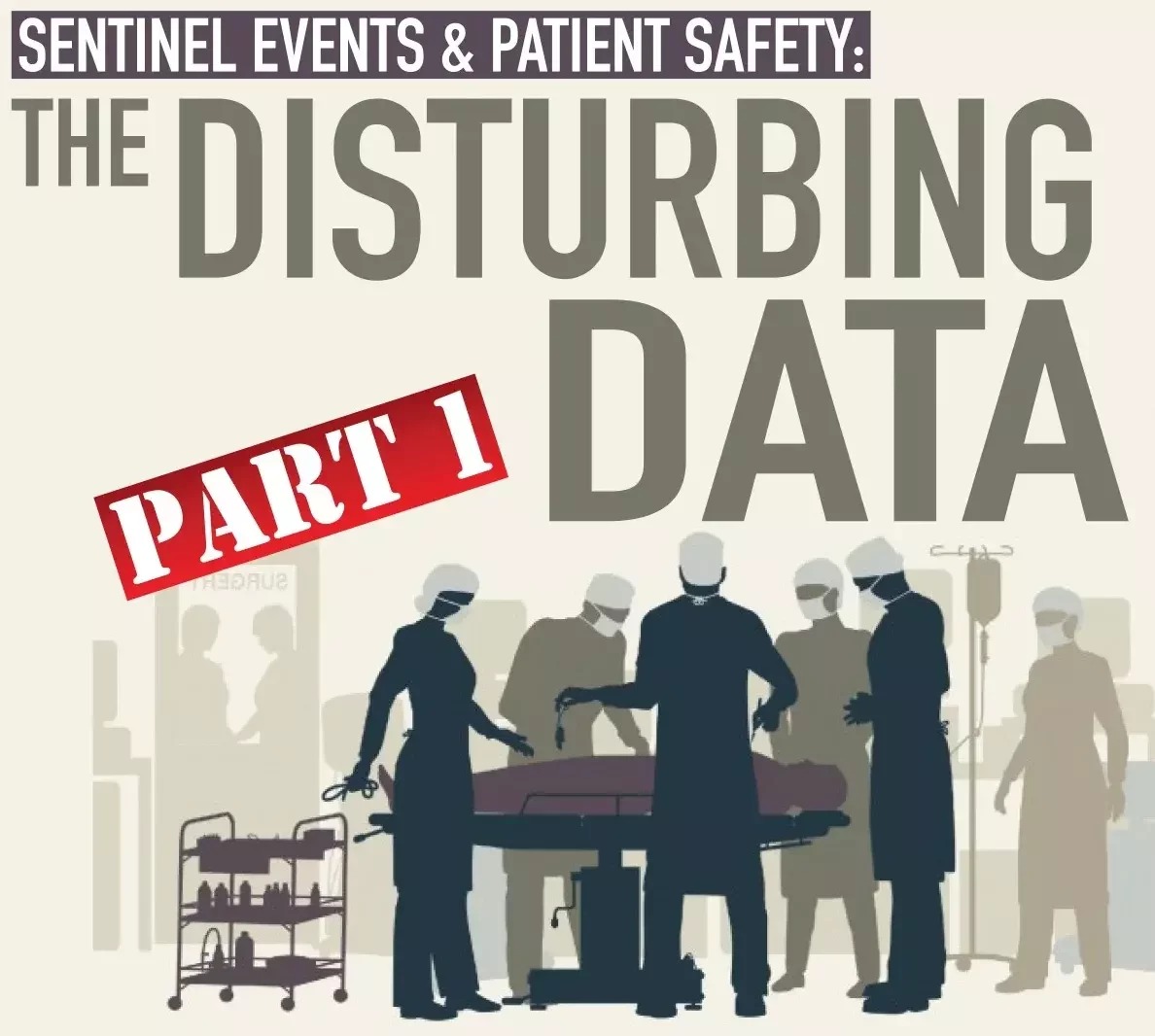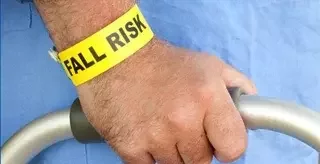
Hopefully by now, you have had a chance to review The Joint Commission’s Summary of Sentinel Events 2004-2015 that was released on February 9, 2016. If not, see it here.
After looking at and digesting the data, one thing is very clear:
Hospitals, by and large, have not embraced a culture of safety or come to the realization that any occurrence of patient harm is absolutely unacceptable.
Despite the best efforts of regulatory agencies (TJC & CMS) in conducting surveys for compliance and national not-for-profit groups and forums, such as the IHI (Institute of Healthcare Improvement) and AHRQ (Agency for Healthcare Research and Quality) in offering the best of resources and educational seminars on patient safety, sentinel events have not significantly declined over the last 5 years.

This disclaimer is cause for me to ask what the real numbers are and really how many patients are at risk annually in our nation’s hospitals?
In examining the summary numbers, it is clear that The Joint Commission’s efforts with the initiation of their National Patient Safety Goals (NPSGs) in 2003 has fallen short in bringing about the long-desired change in healthcare.
Many of the reported incidents align with the 2016 goals, which are unchanged from 2015.
The top four sentinel event goals, as reported by TJC are:
1. Unintended retention of a foreign object:
116 reviewed reports for 2015, nearly doubling the numbers from the 2014 report;

2. Wrong patient, wrong site, wrong procedure surgery:
Made up 111 of the reported incidents, up from 67.

3. & 4. Suicides & Falls:
With 95 reports each, which is an increase from 2015. (The Joint Commission, 2016).

Putting those alongside the TJC’s Root Cause Analysis (RCA), my interest level was further piqued when I noted that human factors, leadership, and communication were the most frequently identified root causes as related to the reportable incidents for 2015. (The Joint Commission, 2016)
In fact, for the last three years, these causes have been thoroughly ensconced as the top causative factors. What is healthcare doing wrong, and what is the catalyst to turn these trends around in the right direction?
These numbers may seem very small in comparison to the overall amount of care that is provided on an annual basis in hospitals and care facilities, but a recent news item comes to mind that reiterates how healthcare remains as elusive as ever and continues to fly under the radar when it comes to the consumer knowledge of errors and safety risks to patients in hospitals and other healthcare settings.
Starting in May 2015, the National Transportation and Safety Board (NTSB) required 14 automakers to recall nearly 28 million vehicles due to defective Takata airbags. (National Highway Traffic Safety Administration, 2016)
The recall has periodically continued through January 2016, with the latest expansion of 5 million cars and includes every major automobile manufacturer in the world, including most recently, Mercedes and Volkswagen.
This has been in response to a total of 10 deaths linked to what has been called the “country’s biggest consumer safety problem.” (Tabuchi Ivory, 2016)

Where are the consumer watchdogs for healthcare?
If we take the decision-making process that went into the Takata recalls and applied it to healthcare, there wouldn’t be a hospital still operating at status quo in this country.
Congressional hearings would be conducted to find out why there were 936 sentinel events reported in 2015 to The Joint Commission, causing serious patient harm and untold numbers of death.
A national plan would be quickly developed and implemented in an attempt to curtail the continuation of such risk to the health and safety of the United States healthcare consumers.
However, as of today, there is not an authoritative voice to induce or demand that kind of response and our patients continue to suffer at the hands of their caregivers.
In the future continuation of this blog post, I will examine barriers hindering improvements in the healthcare industry and solutions to overcome and make advances, facility by facility. Stay tuned for more discussion on this topic; until then, I hope this provides some food for thought…
Readiness Rounds provides an electronic rounding tool that allows checks on many different elements of the hospital setting, ranging from Clinical and Operational, to Infection Prevention and Environment of Care, and Event and Incident Reporting, and Patient Satisfaction and Experience. Contact us for further questions or to set up a demo.
Works Cited:
National Highway Traffic Safety Administration . (2016). Recalls Spotlight: Takata Air Bag Recalls. Retrieved from http://www.safercar.gov:http://www.safercar.gov/rs/takata/index.html
Tabuchi, H., & Ivory, D. (2016, 1 22). Takata Airbag Flaw Linked to 10th Death; 5 Million More Vehicles Recalled. Retrieved from New York Times: http://www.nytimes.com/2016/01/23/business/takata-airbag-death-recall.html?_r=0
The Joint Commission. (2016, 2 9). Sentinel Event Data Root Causes by Event Type: 2004 –2015. Retrieved from The Joint Commission: http://www.jointcommission.org/assets/1/18/Root_Causes_by_Event_Type_2004-2015.pdf
The Joint Commission. (2016, 2 9). Summary Data of Sentinel Events Reviewed by The Joint Commission. Retrieved from The Joint Commission: http://www.jointcommission.org/assets/1/18/2004-2015_SE_Stats_Summary.pdf
